
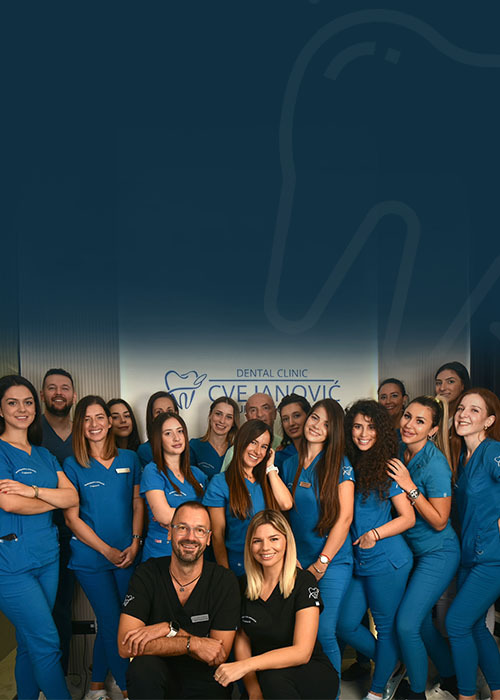
U sigurnim ste rukama!
45 GODINA
UGRADNJE ZUBNIH IMPLANATA

VILICA
Kada se ugradi zubni implant, kost ne samo da se više ne povlači, već raste oko implanta, tako da implant postaje deo organizma. Današnji implanti su bioaktivni, što znači da pospešuju rast kosti, kao što nedostak korena ili implanta pospešuje gubitak kosti.
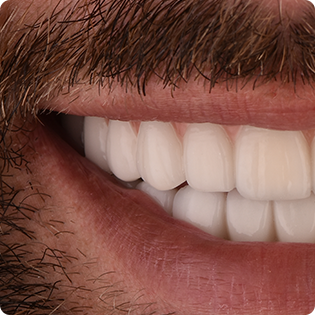
OSMEH
Iako je nedostatak čak i samo jednog zuba loš za kost i za druge zube, taj nedostatak najočigledniji je vizuelno i nemoguće ga je sakriti, čak i kad se radi o bočnim zubima. Implanti vraćaju lepotu osmeha i samopouzdanje, bez obzira na godine.
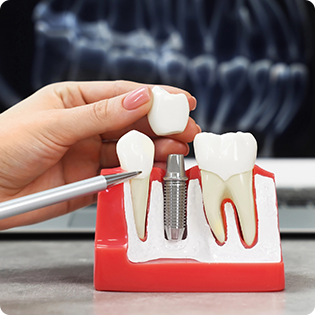
DRUGI ZUBI
Ugradnja implanta na mestu nedostajućih omogućava da ostali zubi ostanu na svojim mestima, što je veoma važno, jer svaki zub tačno naleže na zub u suprotnoj vilici. Ako se posle gubitka zuba ne ugradi implant, okolni zubi se pomeraju i nastaje nepravilan zagrižaj.
Zahvaljujući decenijama implantološke prakse i najnovijim tehnologijama, u ordinaciji Cvejanović ugrađujemo implante i krunice tokom samo jedne posete zubaru! To ne važi samo za pojednačne implante, već i za ALL ON 6 radove sa šest implanata po vilici. Zavisno od slučaja, pacijent može prvo dobiti privremenu plastičnu krunicu, pa kasnije keramičku ili se može odmah postaviti keramička krunica izrađena u CEREC mašini na licu mesta.

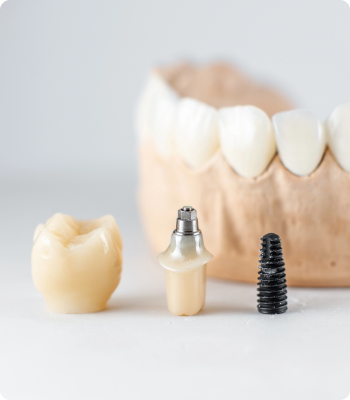
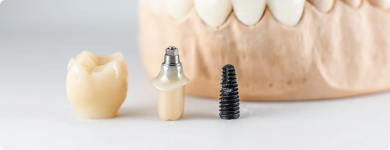
Nedostatak jednog zuba:
Idealna situacija za implante, jer je kod pacijenata sa skoro svim zubima kost jaka, nema povlačenja desni, a susedni zubi pomažu nam da savršeno projektujemo krunicu. Rezultat je potpuno prirodan osećaj, tako da pacijenti brzo zaboravljaju da uopšte imaju implant.
1
Nedostatak više zuba:
Pacijentu može nedostajati nekoliko zuba, dok je većina preostalih i dalje u dobrom stanju, kao kada bočni zubi stradaju zbog karijesa ili prednji zbog povrede. Na mestima gde nedostaju jedan ili dva zuba postavlja se jedan implant, dok dva implanta mogu nositi most koji menja 3-4 zuba.
2
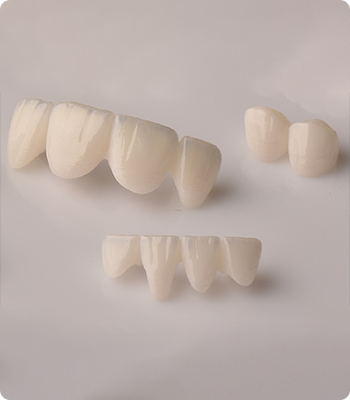
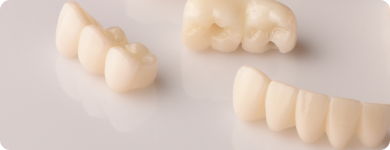
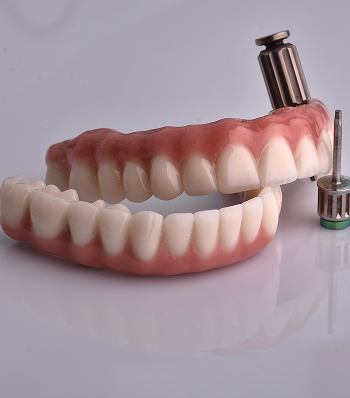
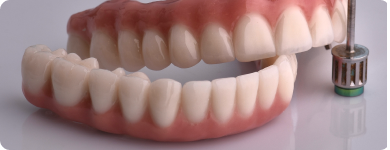
Delimična bezubost i bezubost:
Kada pacijentu nedostaje više od 10 zuba ili ako zubi gube stabilnost zbog paradentoze, koristi se ALL ON 6 implantsko rešenje. Ono podrazumeva vađenje preostalih zuba, ugradnju šest implanata po vilici i šrafljenje trajnog titanijumsko-keramičkog rada na implantima.
3

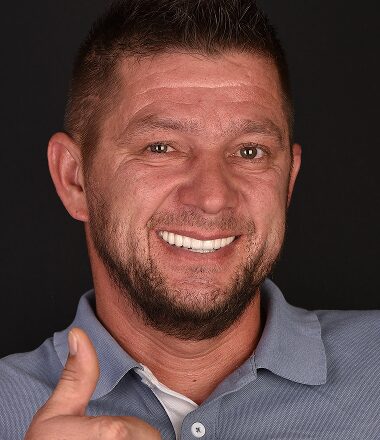
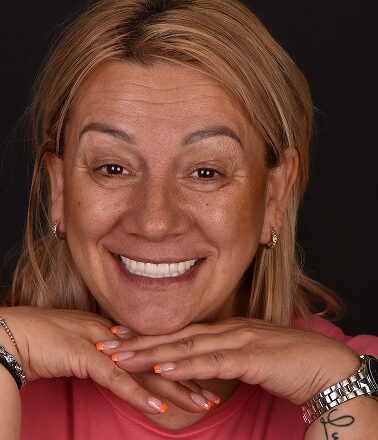
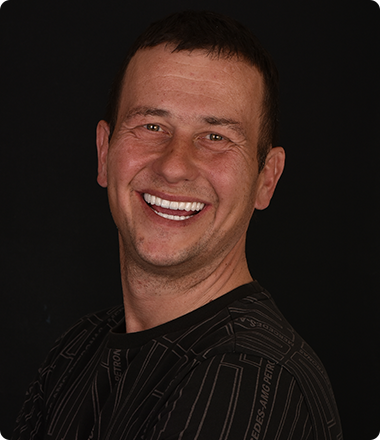
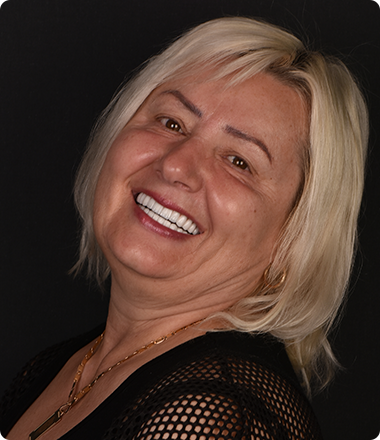





U većini slučajeva pacijenti u 70-im godinama mogu da dobiju implant, a u 60-im godinama skoro sigurno. Snimak će pokazati koliko je vilična kost očuvana, i ako je prosečno očuvana, pacijent može dobiti implant. Stariji pacijenti često nose mobilne proteze iako mogu da priušte implante, jer nemaju naviku da troše novac na svoj kvalitet života, što je velika greška.
Ako se implant ugradi u prvih nekoliko meseci, susedni zubi će ostati na svom mestu i krunica će savršeno popuniti prazninu. Ako se sačeka oko godinu dana, može doći do blagog pomeranja zuba ili povlačenja kosti, pa je potrebna dodatna priprema pre ugradnje, i krunica se prilagođava novonastaloj situaciji. Ako se čeka više godina, implant i dalje jeste opcija, ali se postupak značajno komplikuje, jer se kost povukla i zubi su zauzeli deo prostora, pa je često potrebna augmentacija kosti ili ortodontska terapija.
Razlog je to što je ALL ON 4 tehnički zahtevniji od ALL ON 6 rada i traži znatno iskustvo implantologa. Mnogi stomatolozi ne žele da preuzmu rizik dodatnih korekcija i popravki tokom garantnog roka, pa pacijentu radije kažu da nažalost ne ispunjava uslove za implante. To je priča koju čujemo od mnogih pacijentata koji su u našoj ordinaciji bez ikakvih problema dobili ALL ON 4 rad.
U većini slučajeva može, ali je potrebno vreme da kost zaraste nakon uklanjanja starog implanta. Ponekad je neophodna i augmentacija kosti, kako bi novi implant imao dovoljno čvrstu potporu. Ako implant otkaže, najčešće se uklanja, prostor se regeneriše koštanim materijalom, a novi implant se postavlja nakon nekoliko meseci, kada kost ponovo postane stabilna.
Zato što kod mosta na prirodnim zubima moraju da se bruse zdravi zubi sa obe strane praznine, dok se kod mosta na implantima susedni zubi uopšte ne diraju. Implant takođe prenosi silu direktno na kost, pa sprečava njeno povlačenje, dok kod klasičnog mosta kost ispod praznog mesta nastavlja da se degradira jer nema funkciju.
Implant
+
Abatment
+
Bezmetalna
krunica
670€
2 implanta
+
2 Abatmenta
+
Tri krunice
1560€
ALL ON 4
/
ALL ON 6
5000€ po vilici
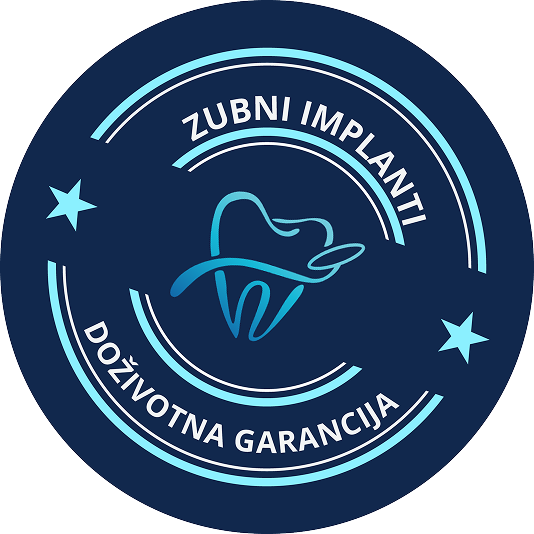
Garancija na implante je doživotna. U slučaju otkazivanja implanta koji je opterećen protetskom nadoknadom, pri čemu je protetska nadoknada u garantnom roku, implant i protetska nadoknada biće zamenjeni o trošku ordinacije, ukoliko i dalje postoje uslovi za ugradnju. U slučaju gubitka implanta koji nije opterećen protetskom nadoknadom, a prošlo je više od 5 godina od ugradnje, pacijent će dobiti novi implant o trošku ordinacije, pri čemu protetski deo rada pacijent plaća 50% od regularne cene.
